Amit Konar
Clustering using Vector Membership: An Extension of the Fuzzy C-Means Algorithm
Dec 14, 2013



Abstract:Clustering is an important facet of explorative data mining and finds extensive use in several fields. In this paper, we propose an extension of the classical Fuzzy C-Means clustering algorithm. The proposed algorithm, abbreviated as VFC, adopts a multi-dimensional membership vector for each data point instead of the traditional, scalar membership value defined in the original algorithm. The membership vector for each point is obtained by considering each feature of that point separately and obtaining individual membership values for the same. We also propose an algorithm to efficiently allocate the initial cluster centers close to the actual centers, so as to facilitate rapid convergence. Further, we propose a scheme to achieve crisp clustering using the VFC algorithm. The proposed, novel clustering scheme has been tested on two standard data sets in order to analyze its performance. We also examine the efficacy of the proposed scheme by analyzing its performance on image segmentation examples and comparing it with the classical Fuzzy C-means clustering algorithm.
* 6 pages, 8 figures and 1 table (Conference Paper)
An Evolutionary Approach to Drug-Design Using a Novel Neighbourhood Based Genetic Algorithm
May 03, 2012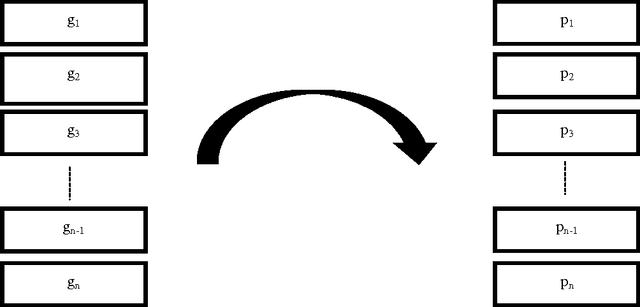
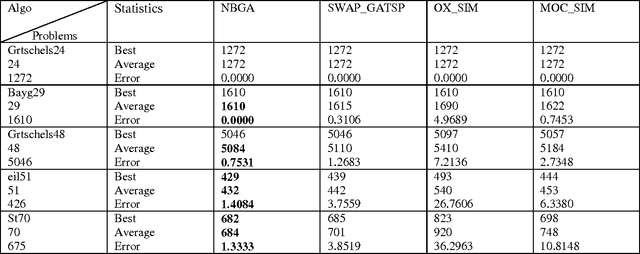
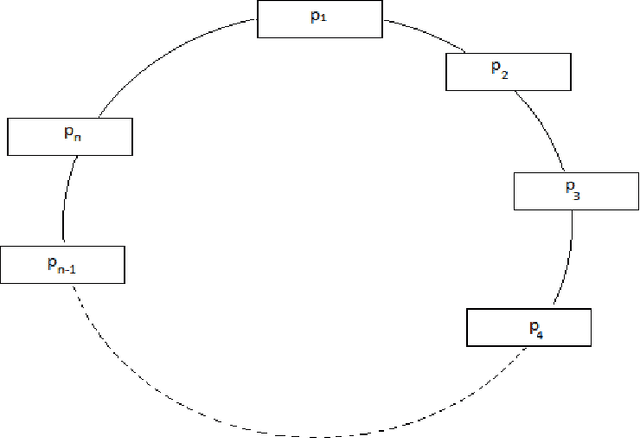
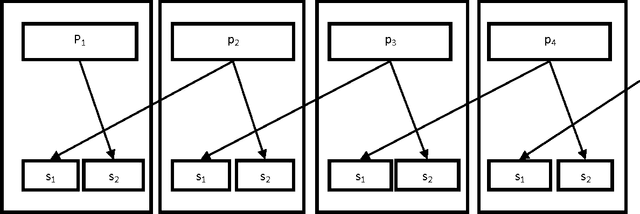
Abstract:The present work provides a new approach to evolve ligand structures which represent possible drug to be docked to the active site of the target protein. The structure is represented as a tree where each non-empty node represents a functional group. It is assumed that the active site configuration of the target protein is known with position of the essential residues. In this paper the interaction energy of the ligands with the protein target is minimized. Moreover, the size of the tree is difficult to obtain and it will be different for different active sites. To overcome the difficulty, a variable tree size configuration is used for designing ligands. The optimization is done using a novel Neighbourhood Based Genetic Algorithm (NBGA) which uses dynamic neighbourhood topology. To get variable tree size, a variable-length version of the above algorithm is devised. To judge the merit of the algorithm, it is initially applied on the well known Travelling Salesman Problem (TSP).
Multi-robot Cooperative Box-pushing problem using Multi-objective Particle Swarm Optimization Technique
May 03, 2012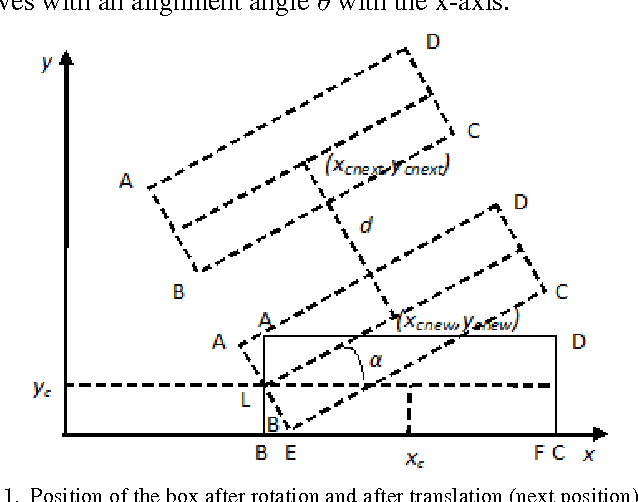
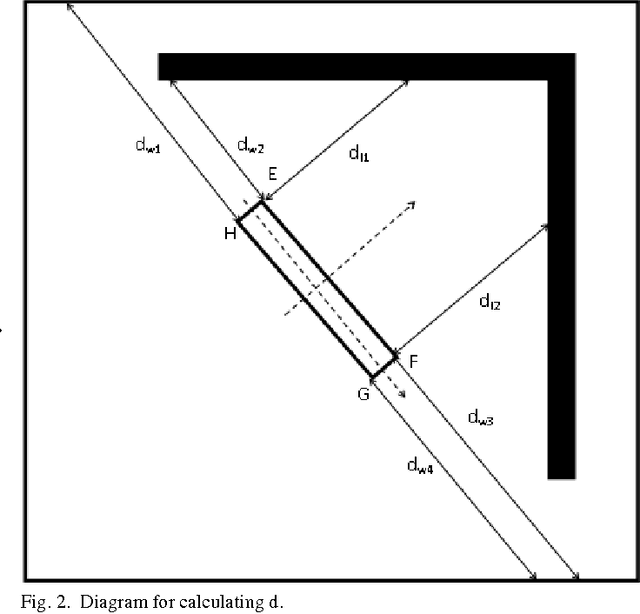
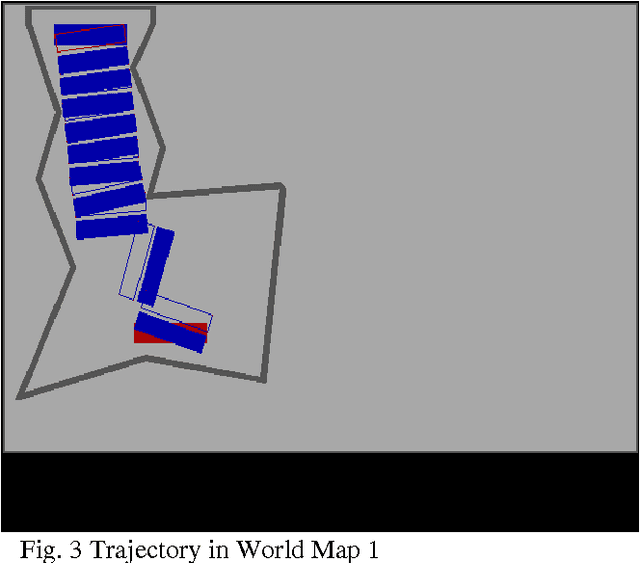
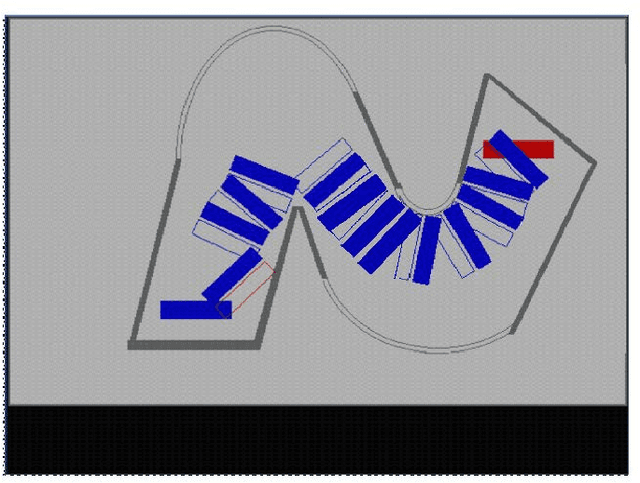
Abstract:The present work provides a new approach to solve the well-known multi-robot co-operative box pushing problem as a multi objective optimization problem using modified Multi-objective Particle Swarm Optimization. The method proposed here allows both turning and translation of the box, during shift to a desired goal position. We have employed local planning scheme to determine the magnitude of the forces applied by the two mobile robots perpendicularly at specific locations on the box to align and translate it in each distinct step of motion of the box, for minimization of both time and energy. Finally the results are compared with the results obtained by solving the same problem using Non-dominated Sorting Genetic Algorithm-II (NSGA-II). The proposed scheme is found to give better results compared to NSGA-II.
Extension of Max-Min Ant System with Exponential Pheromone Deposition Rule
Nov 02, 2008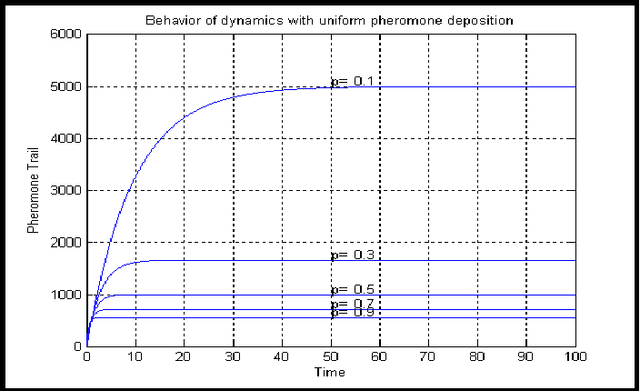
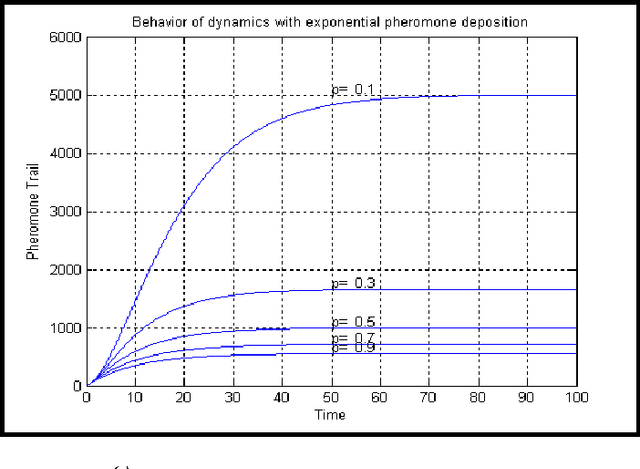
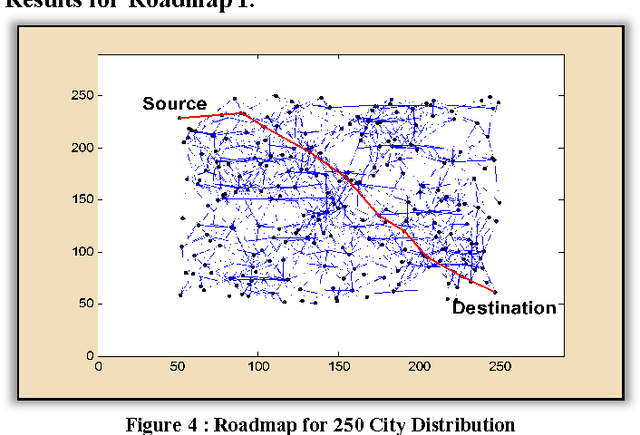
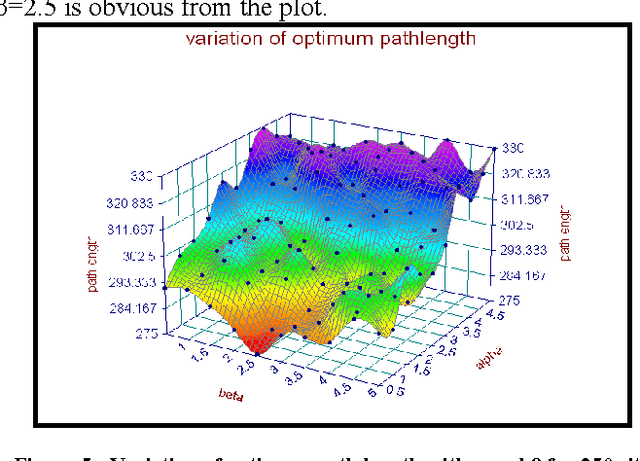
Abstract:The paper presents an exponential pheromone deposition approach to improve the performance of classical Ant System algorithm which employs uniform deposition rule. A simplified analysis using differential equations is carried out to study the stability of basic ant system dynamics with both exponential and constant deposition rules. A roadmap of connected cities, where the shortest path between two specified cities are to be found out, is taken as a platform to compare Max-Min Ant System model (an improved and popular model of Ant System algorithm) with exponential and constant deposition rules. Extensive simulations are performed to find the best parameter settings for non-uniform deposition approach and experiments with these parameter settings revealed that the above approach outstripped the traditional one by a large extent in terms of both solution quality and convergence time.
A Novel Parser Design Algorithm Based on Artificial Ants
Nov 02, 2008
Abstract:This article presents a unique design for a parser using the Ant Colony Optimization algorithm. The paper implements the intuitive thought process of human mind through the activities of artificial ants. The scheme presented here uses a bottom-up approach and the parsing program can directly use ambiguous or redundant grammars. We allocate a node corresponding to each production rule present in the given grammar. Each node is connected to all other nodes (representing other production rules), thereby establishing a completely connected graph susceptible to the movement of artificial ants. Each ant tries to modify this sentential form by the production rule present in the node and upgrades its position until the sentential form reduces to the start symbol S. Successful ants deposit pheromone on the links that they have traversed through. Eventually, the optimum path is discovered by the links carrying maximum amount of pheromone concentration. The design is simple, versatile, robust and effective and obviates the calculation of the above mentioned sets and precedence relation tables. Further advantages of our scheme lie in i) ascertaining whether a given string belongs to the language represented by the grammar, and ii) finding out the shortest possible path from the given string to the start symbol S in case multiple routes exist.
Balancing Exploration and Exploitation by an Elitist Ant System with Exponential Pheromone Deposition Rule
Nov 02, 2008



Abstract:The paper presents an exponential pheromone deposition rule to modify the basic ant system algorithm which employs constant deposition rule. A stability analysis using differential equation is carried out to find out the values of parameters that make the ant system dynamics stable for both kinds of deposition rule. A roadmap of connected cities is chosen as the problem environment where the shortest route between two given cities is required to be discovered. Simulations performed with both forms of deposition approach using Elitist Ant System model reveal that the exponential deposition approach outperforms the classical one by a large extent. Exhaustive experiments are also carried out to find out the optimum setting of different controlling parameters for exponential deposition approach and an empirical relationship between the major controlling parameters of the algorithm and some features of problem environment.
 Add to Chrome
Add to Chrome Add to Firefox
Add to Firefox Add to Edge
Add to Edge